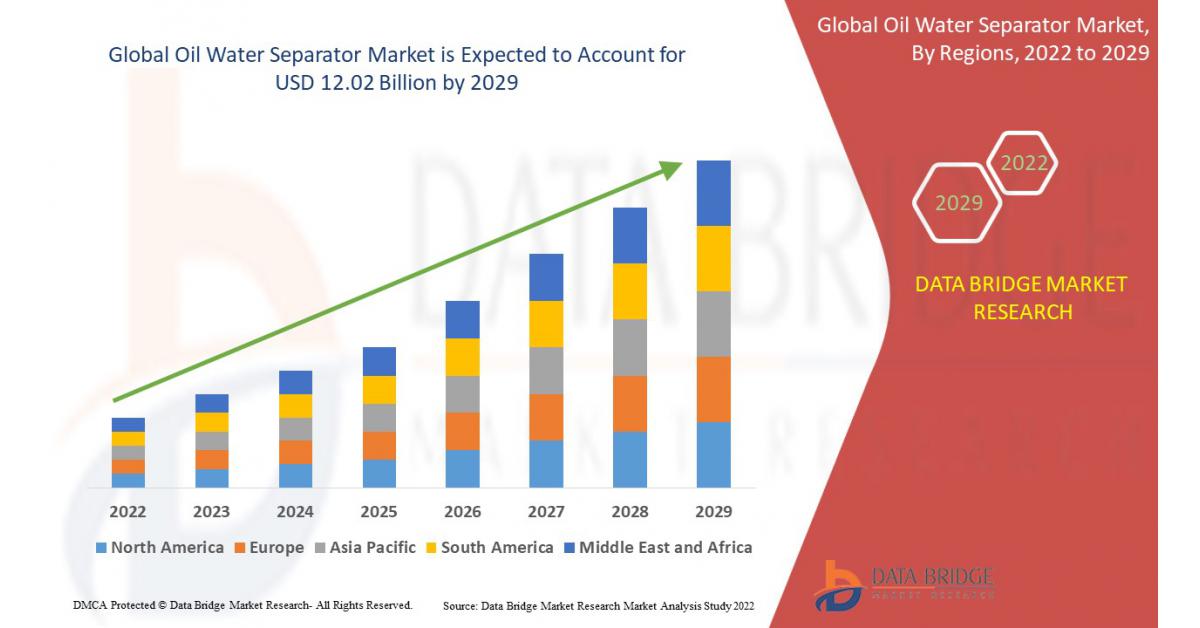Oil Water Separators – The Future of Oil Separation Technology

Oil and water don't mix, but they can end up in the same place in industrial wash operations, parking lots, refueling facilities, and military installations. The traditional method for separating oil from water was using concrete vaults or steel tanks to retain the oil-water mixture until the oil separated from the water by gravity over time. But with the advent of modern technology, oil water separators have undergone significant design improvements, making them a preferred choice for high volume water and oil separation scenarios.
Oil water separators today are designed with multiple compartments and equipped with efficient coalescing media to remove oil from the water mixture. The use of parallel corrugated plates and coalescing media enhances the separation process, producing much smaller units that can remove up to 99% of oil and solids. The units are sized based on oil viscosity and flow rate, making them much smaller than traditional oil interceptors.
Oil separation technology has come a long way since the days of concrete vaults and steel tanks. The modern RWO oil water separator, for example, is a tank that contains an inlet compartment, baffles system, sludge chamber, separation chamber, and clean water outlet chamber. Water enters the inlet compartment to begin the oil separation process, and solids drop out. In the separation chamber, parallel corrugated plates cause the oil droplets in the water to increase in size, speeding up the gravity separation process.
After this, the water goes through coalescing media, which has an internal structure of interconnected channels capable of removing virtually all free and dispersed non-emulsified oils to an effluent concentration of less than 5 ppm. This design makes oil water separators much more efficient and produces significantly smaller units perfect for high volume applications.
The design improvements in oil water separators allow much more efficient oil-water separation, which is incredibly important for industrial wash operations, parking lots, refueling facilities, and military installations. These locations produce a much higher volume of oil and water mixture that needs efficient separation. Using oil water separators not only separates oil from water efficiently, but it also helps to protect the environment since clean water can be safely discharged.
In conclusion, the evolution of oil water separators has revolutionized the oil separation industry. The advancements in coalescing media technology and parallel corrugated plates have made the units more efficient and smaller, which is essential for high volume applications. Oil water separators designed with multiple compartments have made the traditional concrete vaults and steel tanks a thing of the past. Make sure you choose the right oil water separator for your specific application to ensure the effective separation of oil from water, protecting both the environment and your business.
Keywords: Oil Water Separator Technology, Efficient Oil Separation, Industrial Wash Operations, Parking Lots, Refueling Facilities, Military Installations, Corrugated Plates, Coalescing Media, Solids Removal, Effluent Concentration.